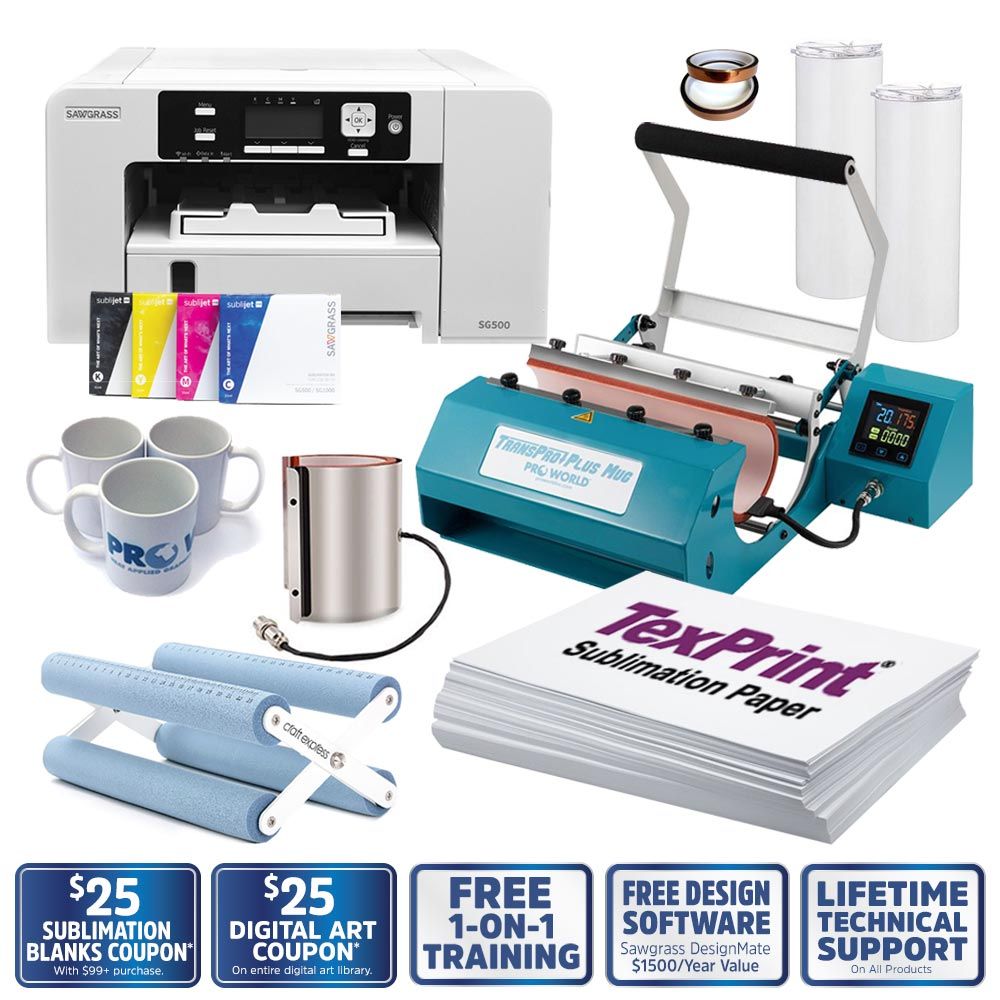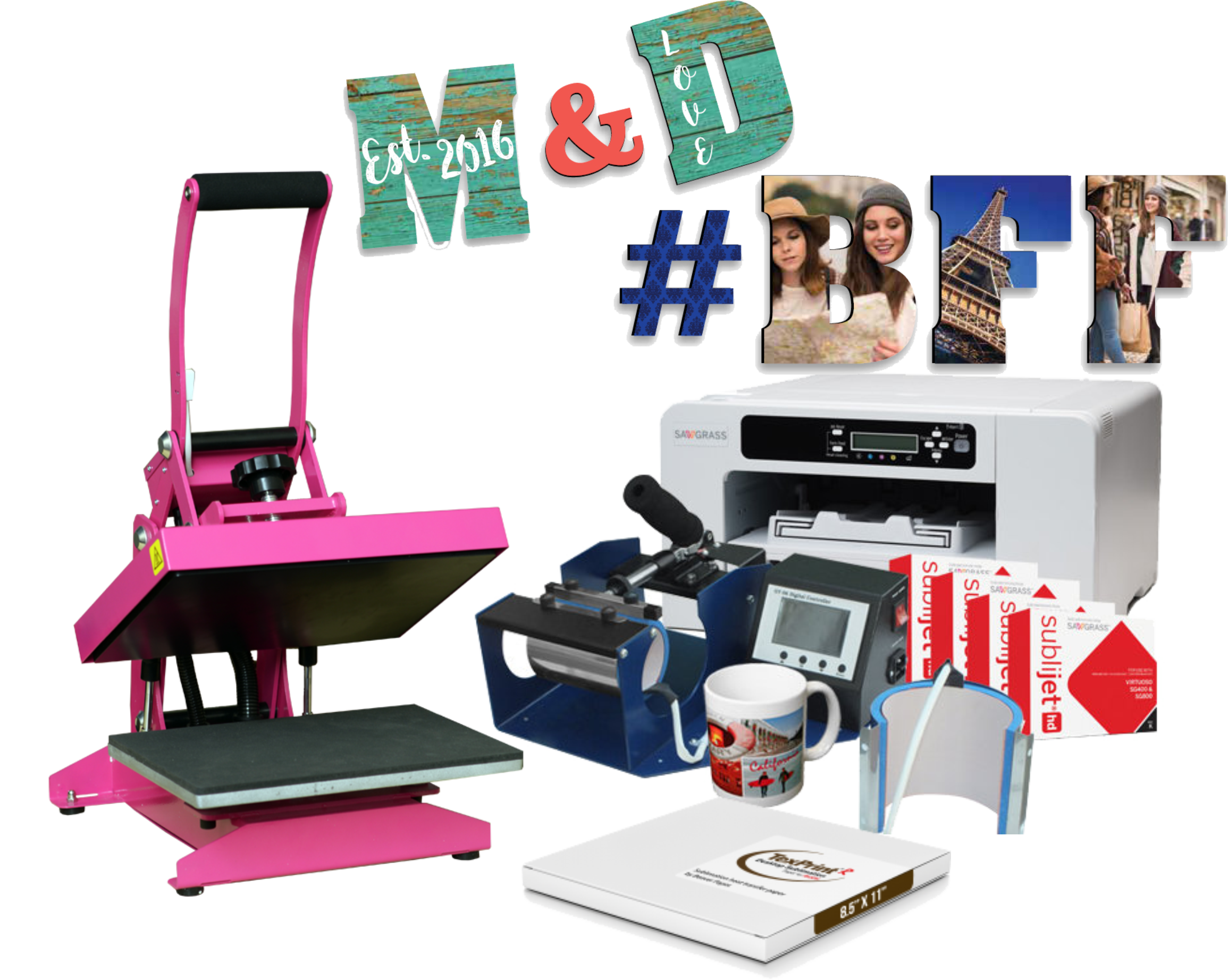From Conventional to Digital: Understanding the Advancement of Cloth Printing
The makeover of cloth printing from traditional methods like block printing and resist coloring to modern strategies such as screen and digital printing notes a substantial change in the textile sector. How do these developments influence the significance of cloth printing, and what might the future hold for this ever-evolving craft?
Standard Towel Printing Methods
In the early phases of textile production, typical cloth printing techniques served as the cornerstone of material style, offering both functionality and imaginative expression. Block printing, one of the oldest techniques, entailed carving intricate styles right into wooden blocks, which were after that dipped in dye and pushed onto fabric.
Withstand dyeing, consisting of techniques like batik and tie-dye, used wax or various other compounds to avoid dye from passing through particular locations of the fabric. This technique developed striking contrasts and intricate designs, frequently imbued with cultural importance. Stenciling, one more typical method, included cutting patterns into a material and using color with the openings, offering a simpler yet efficient method to generate repeated designs.
These conventional techniques not just shaped the textile market's very early growth but likewise prepared for future developments. Each method showed the social and local attributes of its beginning, protecting and distributing artisanal expertise via generations.
The Surge of Display Printing
The arrival of screen printing in the very early 20th century marked a substantial separation from standard techniques, offering extraordinary flexibility and effectiveness. Display printing made it possible for designers to produce intricate patterns and vivid shades on fabrics, which were previously challenging to attain with block printing or hand-painting techniques.
Among the crucial benefits of display printing is its capacity to duplicate complex layouts on a big range with exceptional integrity. This scalability made it greatly prominent in the commercial fabric industry, where automation without sacrificing top quality is vital. Display printing accommodates a large range of dyes and inks, increasing the scheme of textures and surfaces readily available to designers.
In addition, the procedure is extremely versatile, suitable for different fabric kinds consisting of cotton, silk, and synthetics. This adaptability, combined with its cost-efficiency for large runs, solidified display printing's role as a foundation of modern-day fabric manufacturing. Therefore, the surge of screen printing transformed the market, pressing the boundaries of what was possible in textile style.

The Advent of Digital Printing
Building on the amazing advancements brought by screen printing, the textile industry experienced another groundbreaking development with the introduction of digital printing. Emerging in the late 20th century, digital printing transformed the method layouts are moved onto textiles, using extraordinary versatility and performance. Unlike typical approaches, which usually called for considerable configuration and considerable manual intervention, electronic discover this info here printing utilizes computer-aided style (CAD) innovation to create detailed patterns directly onto the fabric with high precision.
This innovation has allowed textile suppliers to satisfy the growing demand for customization and on-demand manufacturing. By removing the requirement for displays and plates, electronic printing minimizes and lowers lead times product waste, making it a much more sustainable choice. The capability to publish complex photos and a wide variety of colors in a solitary pass has opened up brand-new creative methods for developers, fostering a rise in artistic expression within the market.
Additionally, electronic printing sustains smaller set manufacturing runs, which is especially beneficial for particular niche markets and startup style brand names. This technological jump has not only improved operational efficiency but additionally Find Out More democratized accessibility to high-grade textile printing, setting the phase for future innovations in textile design and manufacturing.
Contrasting Techniques: Typical Vs. Digital
While both digital and typical printing approaches have their very own distinct advantages, they differ substantially in terms of process, efficiency, and ecological impact. Standard fabric printing, including strategies like block printing and display printing, entails hands-on labor and detailed workmanship.
On the other hand, electronic printing uses sophisticated technology to move designs directly onto textile using inkjet printers. This method supplies exceptional precision and a large range of color alternatives, making it possible for extremely comprehensive and elaborate layouts. Digital printing is substantially quicker, allowing for fast turn-arounds and just-in-time production, which decreases the need for huge stock storage. Additionally, it supports customization and tiny batch production, dealing with modern customer demands for personalized items.
From an environmental viewpoint, digital printing is normally much more sustainable. It makes use of less water and creates marginal waste compared to traditional techniques, which typically entail comprehensive cleaning and dyeing processes. Subsequently, electronic printing is increasingly favored in an age where environmental factors to consider are critical.
Future Trends in Towel Printing
One considerable trend is the boosted application of digital printing innovations. Digital textile printing is expected to dominate the market, driven by its efficiency and adaptability to consumer demands for customized and limited-edition products. sublimation printing.

Additionally, the consolidation of wise textiles, which incorporate digital parts into materials, is established to transform the marketplace. These fabrics can give additional performances such as temperature guideline, health tracking, and interactive features. As innovation continues to development, the intersection of digital printing and clever textiles will open up new opportunities for practical and innovative applications in towel printing.
Conclusion
The evolution of cloth printing from typical approaches to electronic technologies marks a significant transformation in the fabric sector. While typical techniques highlight artisanal craftsmanship and social heritage, electronic printing supplies unparalleled precision, effectiveness, and customization.
The improvement of fabric printing from standard methods like block printing and stand up to dyeing to modern methods such as screen and digital printing marks a substantial shift in the fabric industry. Display printing made it possible for developers to create complex patterns and go to the website dynamic colors on fabrics, which were formerly challenging to attain with block printing or hand-painting techniques.
Building on the remarkable innovations brought by screen printing, the fabric market experienced one more groundbreaking growth with the introduction of electronic printing. sublimation printing. Traditional cloth printing, encompassing methods like block printing and display printing, involves hands-on labor and intricate workmanship. As technology continues to breakthrough, the intersection of electronic printing and clever textiles will certainly open up new opportunities for useful and innovative applications in towel printing
Comments on “Leading Trends in Branded Clothing That You Need to Know About”